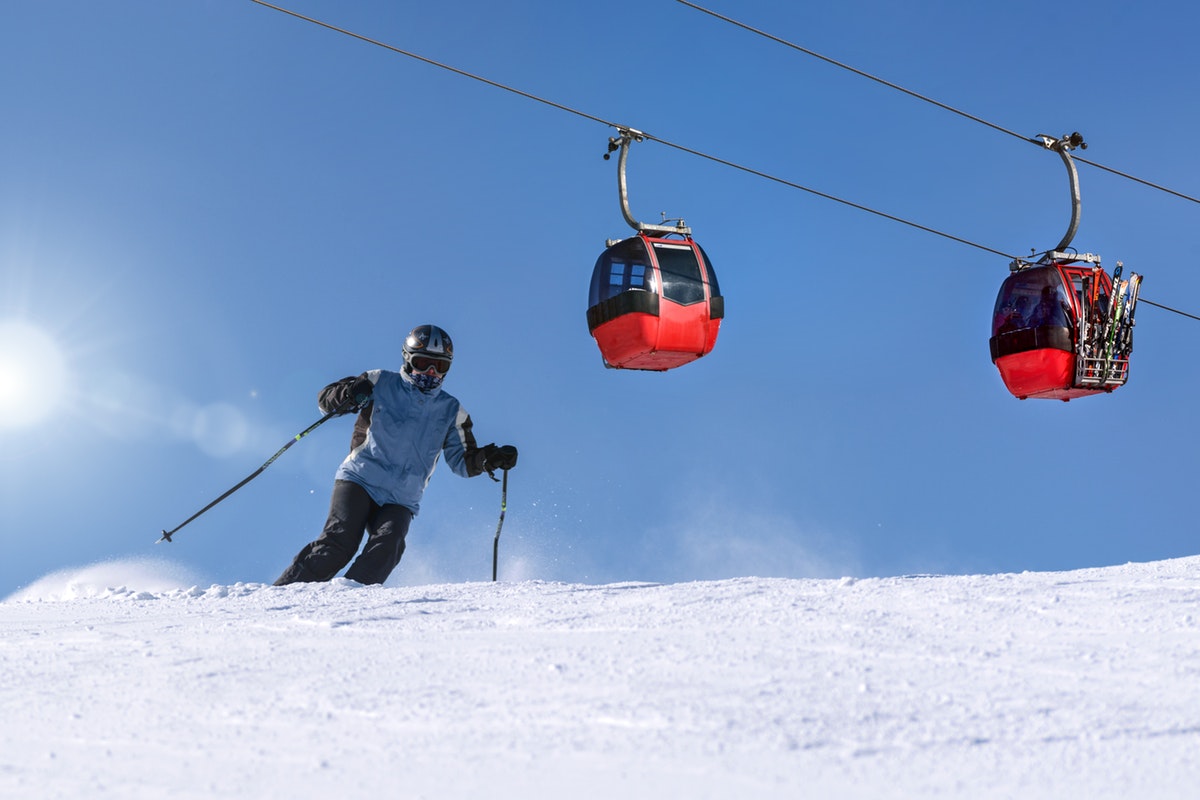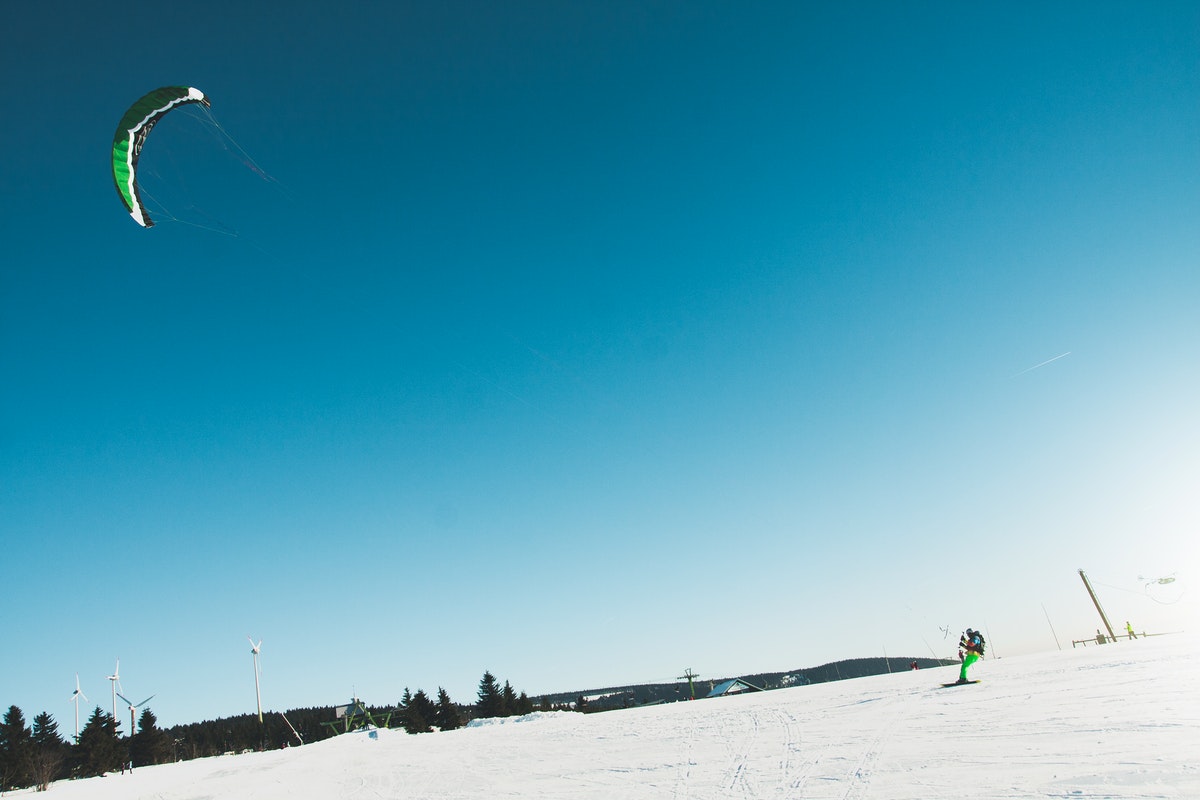What’s white, cold, and ready to break your bones?
A ski slope.
On a serious note, skiing and snowboarding can be a lot of fun. Going down the slopes with the cold air hitting your face can be an exhilarating feeling. But like other outdoor activities, skiing can be hazardous.
It helps if you become familiar with the most common injuries when it comes to skiing, so you can take precautions. There is no 100 percent method that you can use to avoid injuries but by knowing these common ones, you’re off to a good start.
Common Skiing Injuries
Here is a list of the most common injuries that skiers have to deal with.
Head Injuries
Head injuries are quite common among skiers and it’s easy to understand why. It is not easy to maintain speed when going down the slope, even for experienced skiers. That makes it difficult for someone to avoid a collision. You can hit another person or some obstacle and injure your head in the process.
A head injury can be very serious and it can cause trauma. This is why you must wear protection for your head like the Giro Union MIPS helmet which was specifically designed for skiing and snowboarding. You’re taking an unnecessary risk if you go skiing while not wearing a helmet.
ACL Tear
An anterior cruciate ligament (ACL) tear is one of the most common injuries faced by sportsmen and athletes. The ACL is simply prone to damage during any kind of activity that requires fast movement and skiing, of course, involves quick turns.
A sudden stop is the usual cause of an ACL tear. So, the best way to avoid is to regulate your movement so you will not be forced to make a sudden stop. An ACL tear can be indicated by a popping sound accompanied by pain and swelling.
If you think that you have suffered an ACL tear, stop skiing right away and seek medical help.
Knee Ligament Tear
The medial collateral ligament serves as the connection between the knee bones. It prevents the knee from bending inwards. This ligament can be damaged during skiing because of the strong impacts to the knee during landings.
A torn ligament can cause severe pain and there will be visible bruising. When faced with a torn medial collateral ligament, you have to rest, ice the affected area, and keep it elevated.
Wrist Injuries

It is an instinctive movement to try and break a fall by reaching out with your hand. That’s usually effective and it can prevent serious injury. Sometimes though, the sudden movement and the full weight of the body being forced on your hand and wrist can tear the ligament there.
Like with other injuries, you should stop skiing if you hurt your wrist and seek professional help.
Have fun while skiing but don’t forget to take the necessary precautions to avoid injuries. Using a Giro Union MIPS helmet and other protective gear can go a long way in keeping you unhurt while you’re having a grand time going down the slopes.

